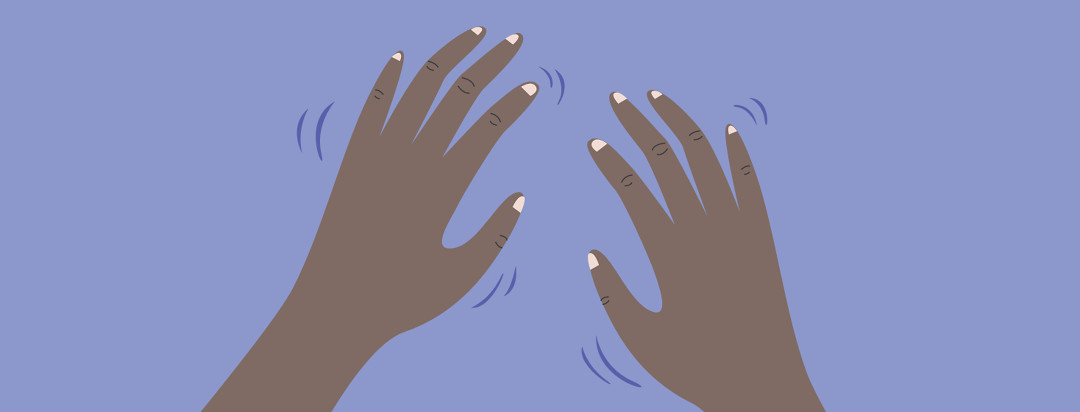Essential Tremor vs Parkinson’s: What's the Difference?
Tremor is one of the characteristic symptoms of Parkinson’s disease (PD), but it is also characteristic of essential tremor (ET), a neurological disorder that produces involuntary and rhythmic shaking. ET is approximately 8 times more common than PD, and there are several other differences between the 2 conditions.1,2
Parkinson's is most commonly diagnosed in people over the age of 60, although approximately 5-10 percent of people with PD are diagnosed younger than the age of 50. ET most often occurs during middle age, but it can occur at any age, even in childhood.3,4
Differences in tremor
In PD, the tremor is mostly seen at rest, when the body part is not being used and may be referred to as "resting tremor." In ET, the tremor occurs mostly during action or movement, such as when writing, eating, or holding a posture.2,3
The tremor seen in ET is generally of a higher frequency (more repetitions over a length of time), although the frequency can decrease over time. In PD, the frequency of tremor is slower.2,3
The magnitude, or strength, of the tremor also differs: In PD the magnitude of tremor is high, whereas the tremor in ET can be variable throughout the day, ranging from very low to high magnitude.2,3
People with PD who experience tremor usually experience improvement in their symptoms with levodopa therapy. People with ET may get relief from their tremor with primidone and propranolol. Also, the tremor from ET can be improved with alcohol consumption, whereas alcohol consumption has no effect on a tremor from PD.2
Genetics and family history
In cases of PD, there is rarely a family history (estimated 10-20 percent of cases), but in ET, a family history of tremor is seen in more than 50 percent of cases.2,3
Parts of the body affected
The tremor in PD usually starts on one side of the body and may develop on the other side as the disease progresses. In ET, the tremor usually affects both sides from the beginning of the condition.2
The hands are more often affected with tremor than the legs in people with PD, and the voice and head are almost never involved. In ET, the hands are also predominantly affected, but the tremor can also be present in the head and voice.2,3
Other symptoms
In ET, tremor is the primary symptom. In PD, there are four primary symptoms, including tremor, rigidity, bradykinesia (slowed movements), and balance issues.2,3
Another symptom of PD is micrographia, or very small handwriting. In ET, a person’s handwriting generally gets large and tremulous.3
Both ET and PD are movement disorders and sometimes they can be mistaken for each other. However, there are many differences between the two conditions, and proper and early diagnosis is important for receiving the right treatment and support.

Join the conversation